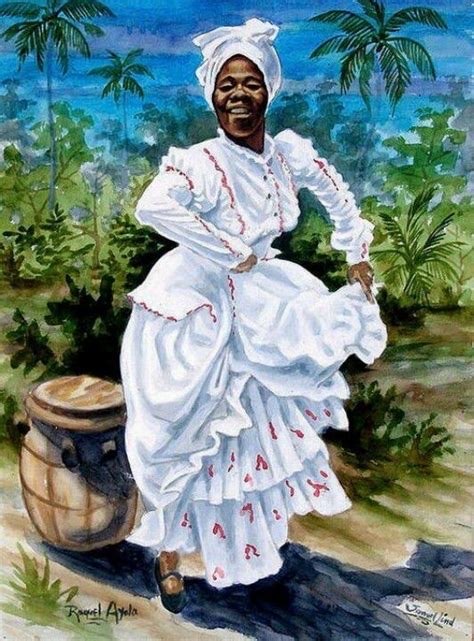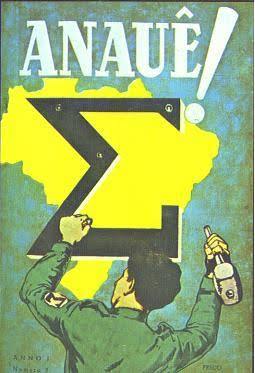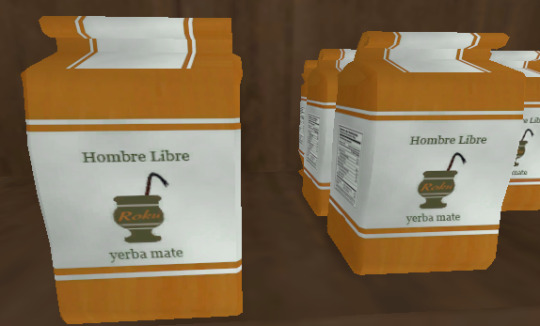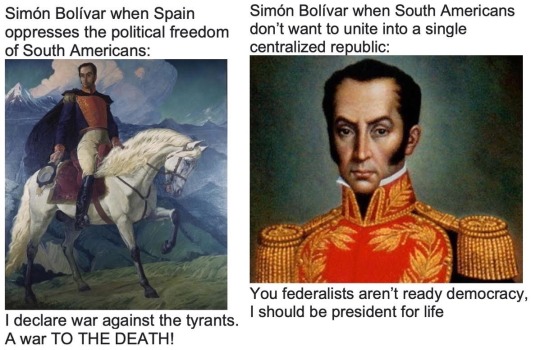#South American History
Text
Time Travel Question 46: Early Modernish and Earlier
These Questions are the result of suggestions from the previous iteration.
This category may include suggestions made too late to fall into the correct earlier time grouping. Basically, I'd already moved on to human history, but I'd periodically get a pre-homin suggestion, hence the occasional random item waaay out of it's time period, rather than reopen the category.
In some cases a culture lasted a really long time and I grouped them by whether it was likely the later or earlier grouping made the most sense with the information I had. (Invention ofs tend to fall in an earlier grouping if it's still open. Ones that imply height of or just before something tend to get grouped later, but not always. Sometimes I'll split two different things from the same culture into different polls because they involve separate research goals or the like).
Please add new suggestions below if you have them for future consideration. All cultures and time periods welcome.
#Time Travel#Early Modern#Aztecs#Tenochtitlan#Versailles#Louis XIV#Thames Frost Fair#The Original Amber Room#Vauxhall Gardens#Potlatch#Indigenous History#Pacific Northwest History#The Amazon#South American History#North American History#Cascadia Earthquake#History of Food#Queen Elizabeth I#Tudor England#Kamehameha the Great#Hawaiʻi#Hawaiian History
103 notes
·
View notes
Text

Pagu helped to lead Brasil into the Modern age!
📖🇧🇷📚
#history#patricia rehder galvao#parque industrial#pagu#brasil#revolutionary women#brazilian history#female author#socialism#artist#art history#latina#writer#girl power#brazilian#historical figures#art#south american history#communism#feminist#women empowerment#writing history#brazilian artists#nickys facts
45 notes
·
View notes
Text
On This Day In History
August 10th, 1864: The Uruguayan War, fought by Uruguay's ruling Blanco Party against the Empire of Brazil and the Uruguayan Colorado Party. The Colorado Party was tacitly supported by Argentina.
40 notes
·
View notes
Text
Been digging into things on Canadian/British, United States/British and South American/Spanish history recently and the notable thing that has come up on both - in all three cases, the European settlers were the ones actively engaging in genocide of the indigenous population. It was not the active policy of the European government.
In all three cases the European government actually passed protective legislation for the rights of indigenous subjects at the request of either indigenous people themselves travelling to Europe to make these representations, or not-entirely-awful Europeans passing on what was happening to them. They weren’t *incredible* protections in any of the three cases, but they at least recognised that indigenous people were *people* with actual basic rights. Like “not being automatically murdered or enslaved”.
But then European settlers went *batshit* at this legislation. The entire idea of “No Genocide” policies provoked enormous settler backlashes in all three cases. It was even a material, if not enormous, factor in why the US declared independence.
And the European governments in question just…rolled over. Made no real attempt to enforce this protective legislation. And it *certainly* was *not* why Britain sent in troops when the US declared independence. The Founding Fathers just viewed even the fact they had been *asked* to not murder indigenous people as an outrage.
None of this is to excuse European colonial states today of our responsibility to pay reparations and lobby for protections for indigenous people (and BIPOC in general) in our ex-colonial states. We’ve benefitted so much, especially on mass resource plundering, that reparations are a responsibility we cannot shirk.
(I just finished a biography of Charles Hapsburg and how he frittered away *massive* silver imports stolen from South America on European wars. That huge resource injection was pretty vital to the beginning of European international capitalism in the 16th-17th centuries. Before that, states just kept coming up against insufficient metals for currency, especially ones with the intermediate value of silver that let a critical mass of lower-level transactions happen.)
What it is, however, is an examination of the different ways states can be responsible for genocide, eugenics, and other crimes.
It does not need to be active policy for a state to be responsible. Even passing protective legislation doesn’t prevent a state’s responsibility if they don’t take measures to enforce that legislation, and, particularly, *if they give in to loud backlash from privileged parties who see it as an infringement of their privilege for people they are oppressing to be given some basic rights.*
I am not a proponent of “history repeats itself”. Context *always* matters, and every different situation has a different context. However, history itself provides an incredibly important and *necessary* context for situations we face now. And these facts are *incredibly* relevant to *many* situations we are currently facing.
#early modern history#colonialism#colonialist legacy#canadian history#us history#south american history#capitalist history#indigenous rights#indigenous people#spanish history#british history#nonenforcement of legislation makes it worse than useless#genocide#canadian genocide#south american genocide#american genocide#eugenics#corporate lobbying#privilege#settler colonialism#settler states#european history#european reparations#reparations
35 notes
·
View notes
Text
Black History Month Fact #5
Brazil was the last country in the Americas to abolish slavery in 1888. Princess Isabel signed the Golden Law, granting freedom to all enslaved individuals.
That means that when my mom was a kid in the early 1960s, there were still people alive who had once been slaves.

#random fact#random facts#did you know#little known fact#random factoid#random factoids#history facts#country facts#brazil#brazilian history#slavery#south american history#black history month#black history#yes really#sad but true#recent history#modern history
9 notes
·
View notes
Text

“This book draws together a range of recent research on diet and foodways in the Andes, integrating stable isotope data with the results of zooarchaeological and paleoethnobotanical analysis. It highlights how vital foodstuffs and commensality in both everyday and extraordinary contexts transformed and generated social meaning and social relationships in the ancient Andes.”
#uwlibraries#history books#latin american history#history of food#pre-columbian history#south american history
17 notes
·
View notes
Text

Piri Reis Map. An Ottoman world map depicting part of South America and the Caribbean. Compiled in 1513. It was “rediscovered” in Topkapi Palace in 1929.
#history#culture#early modern history#art#ottoman#topkapi#middle eastern history#south american history#atlantic history#illustration
4 notes
·
View notes
Text

Stanky
#historical memes#history#history memes#meme#memes#ancient history#historical#america#native american history#native americas#native americans#central american history#South American history#precolonial#precolumbian
35 notes
·
View notes
Text
MARTINA CARRILLO // ACTIVIST
“She was an Ecuadorian activist who defended the rights of black people and fought against slavery. Together with six other slaves of African descent, in 1778 she went to Quitoo to present her case to the president of the Royal Audience who promised to help them. They were nevertheless punished by whipping, Carrillo receiving 300 strokes. Today is honored as a national heroine.”


2 notes
·
View notes
Text
The Fall of the Inca Empire
On 26 July 1533 a man perhaps dressed in rags, perhaps not, was garroted in the main square of Cajamarca, Peru. The people around him cheered and one man was smiling – at least on the inside.
These two men weren’t any men. The man being garroted was once the emperor of a great empire in what’s now South America and the man smiling at his death was a Spaniard who wanted the gold and silver in the…

View On WordPress
#Atahualpa#Atahualpa Capac#Atawallpa#Francisco Pizarro#History#Inca#Inca Empire#Manco Inca#South American History#Tupac Huallpa
5 notes
·
View notes
Text

Looking at vintage propaganda on Pinterest this one caught my attention bc well it's from South America. It's Integralist propaganda. According to wikipedia:
Brazilian Integralism was a political movement in Brazil, created in October 1932. Founded and led by Plinio Salgado, famous for his participation in the 1922 Modern Art Week. The movement adopted characteristics from European mass movements of those times, specifically of Italian fascism, but distancing itself from Nazism because Salgado himself did not support racism. He believed that every person of every race should unite under the Integralist flag.
Similar to others nationalist and classical populist political movements that were appearing in South America around that time.
#history#propaganda#vintage propaganda#brazil#brasil#fascism#fuck fascism#interesting#south american history#South America#sur america
2 notes
·
View notes
Text
Time Travel Question 25: Medievalish I
These Questions are the result of suggestions from the previous iteration.
Please add new suggestions below if you have them for future consideration.
The first person who suggested this one first was incredibly poetic in the notes.
#Time Travel#Middle Ages#Indigenous History#Pueblo#Anasazi#Lorenzo the Great#Florence#Cathedrals#Aotearoa#North American History#South American History#Central American History#African History#Irish History#Malaysian History#Persian History#Metalworking#Japanese History#The Pillow Book#Murasaki Shikibu#The Tale of Genji#Sei Shōnagon#Carolingians
101 notes
·
View notes
Text

For the Inca, the guinea pig was like a adorable multi purpose tool for their society!😄
#history#guinea pig#inca#peru#andeas#south american history#shoqma#indigineous people#food#traditional practice#pets#ancient history#inca empire#south america#latina#animals#andeas culture#peruvian history#native american#mummification#latin america#animal history#andeas mountains#domestic animals#nickys facts
40 notes
·
View notes
Text


Yerba mate is a very popular drink in South America. It says Roku here... Hmm. Roku is one of the community mappers who made the campaign Cambalache 1 and 2. Could this be a reference to him?
Here's the rest of the mate in their different forms as props
Mate San Clemente:

Mate Yerba:

And last, but not least, the Meta Termo:

Termo is simply "thermos."
Here is all three in size comparison (below):

#left 4 dead 2#l4d#l4d2#left 4 dead#cambalache#history#south american history#south america#mate#mate yerba#mate termo#mate sanclemente
2 notes
·
View notes
Photo

Raising 'Em In Hotbeds
September 25, 1906
Secretary of War William H. Taft cultivates his Presidential Boom Plant in Cuba; Secretary of State Elihu Root grows his in South America.
The caption reads 'Can the secretaries transplant them in their native land?'
Taft and Root were both considered strong presidential candidates, and if their work in Cuba and South America paid off, it would hopefully serve to enhance their reputations even more.
See Also: William Howard Taft; Elihu Root
From Hennepin County Library
Original available at: https://digitalcollections.hclib.org/digital/collection/Bart/id/6849/rec/253
#Charles Bartholomew#political cartoon#William Howard Taft#Elihu Root#american occupation of cuba#Cuban History#south american history#1908 Presidential Election
2 notes
·
View notes
Text

3 notes
·
View notes